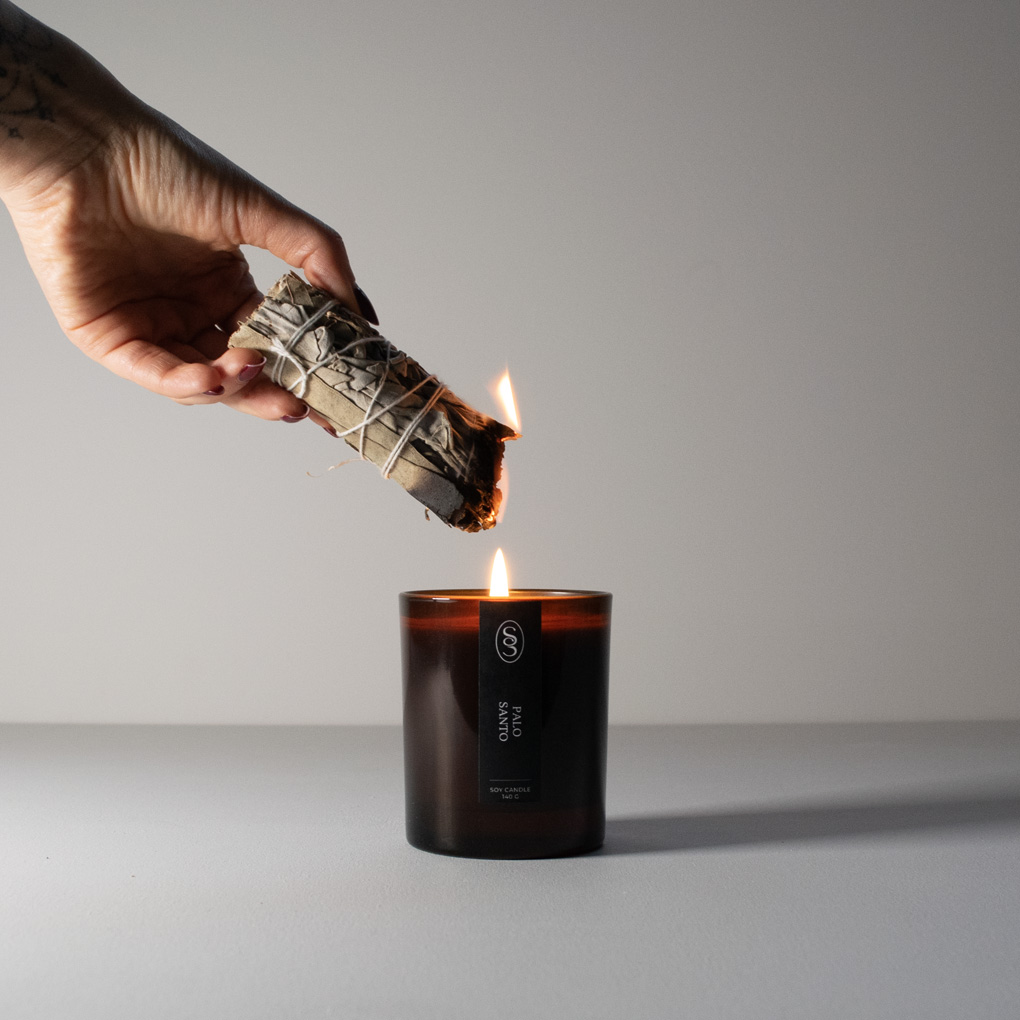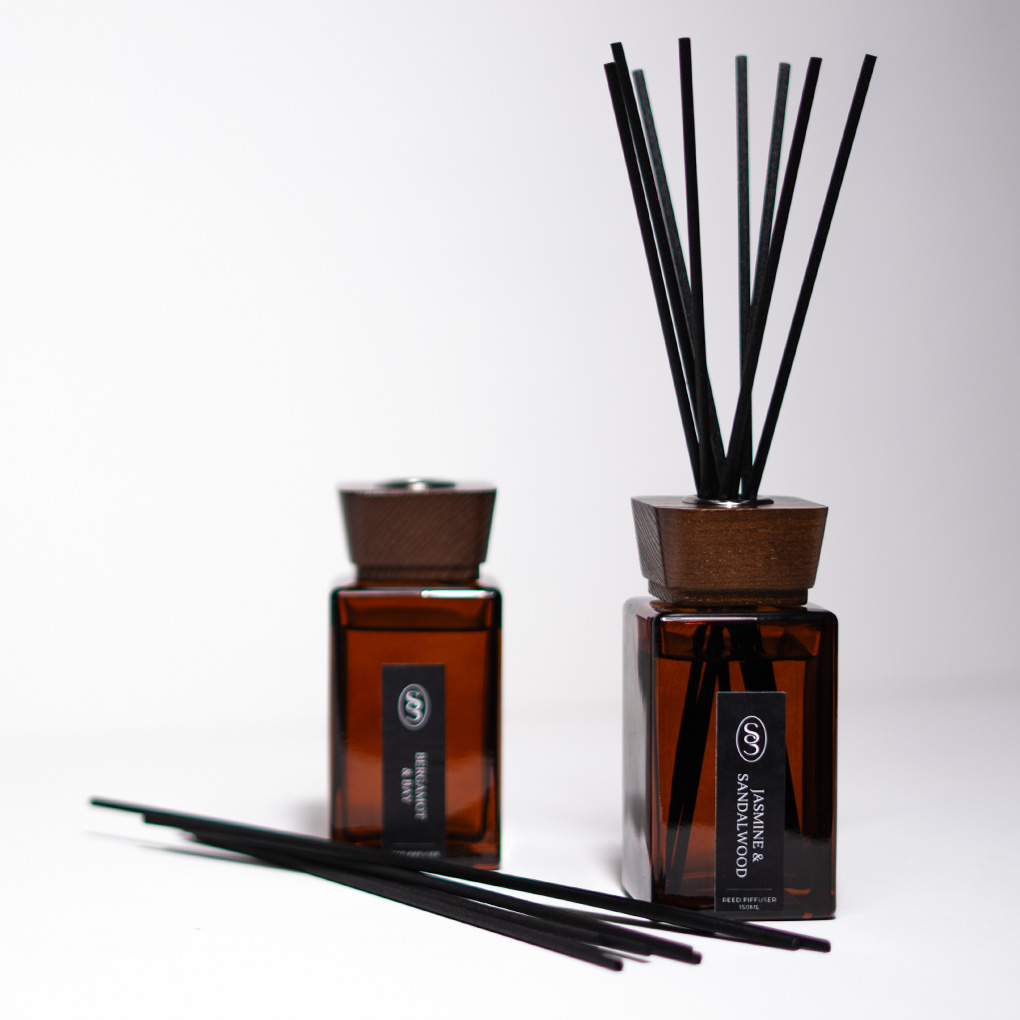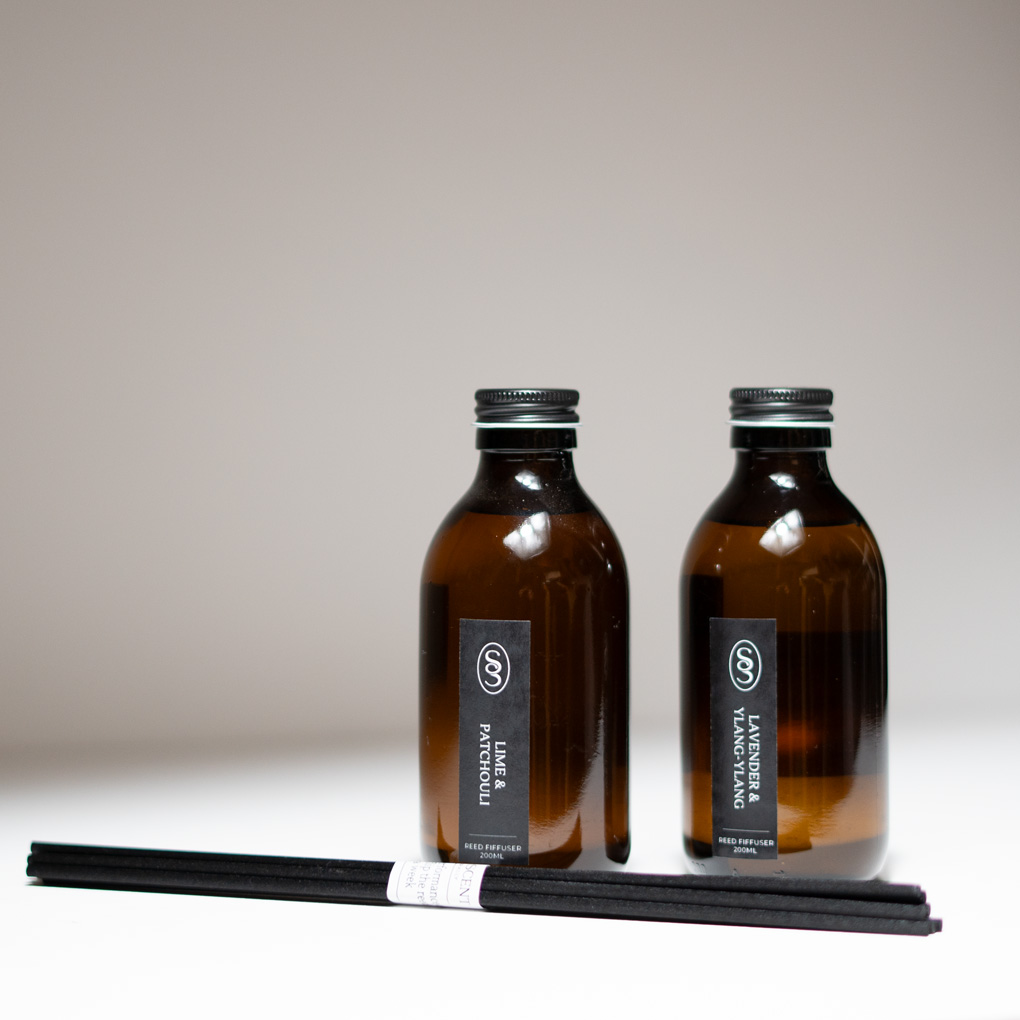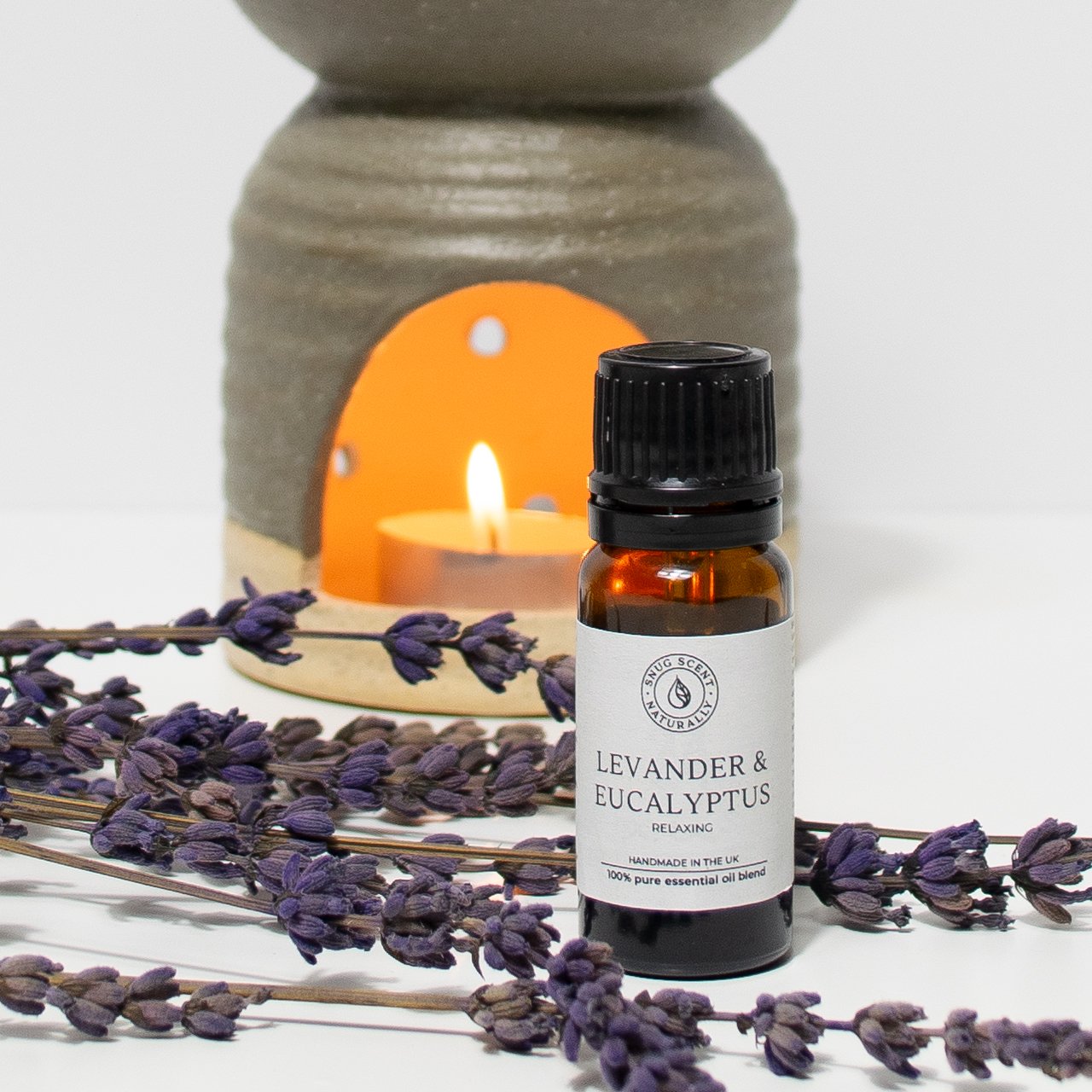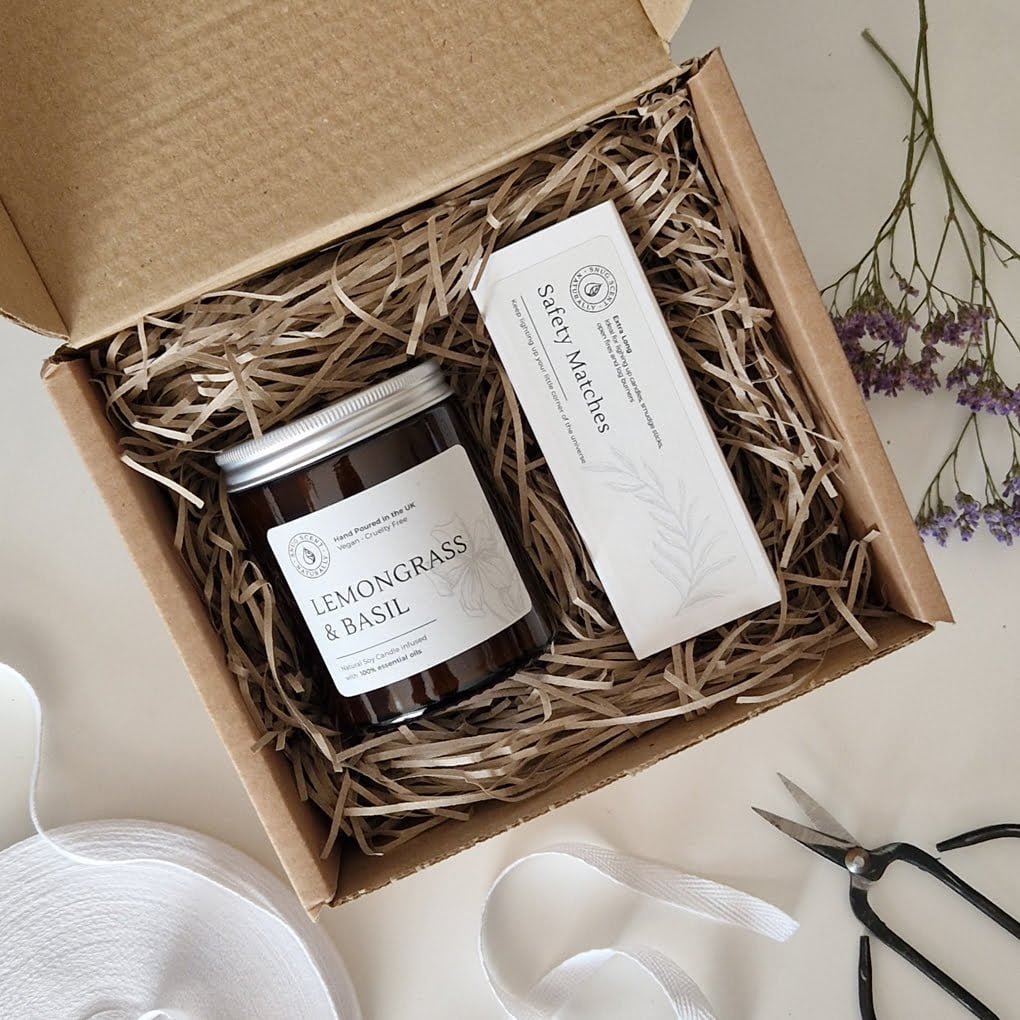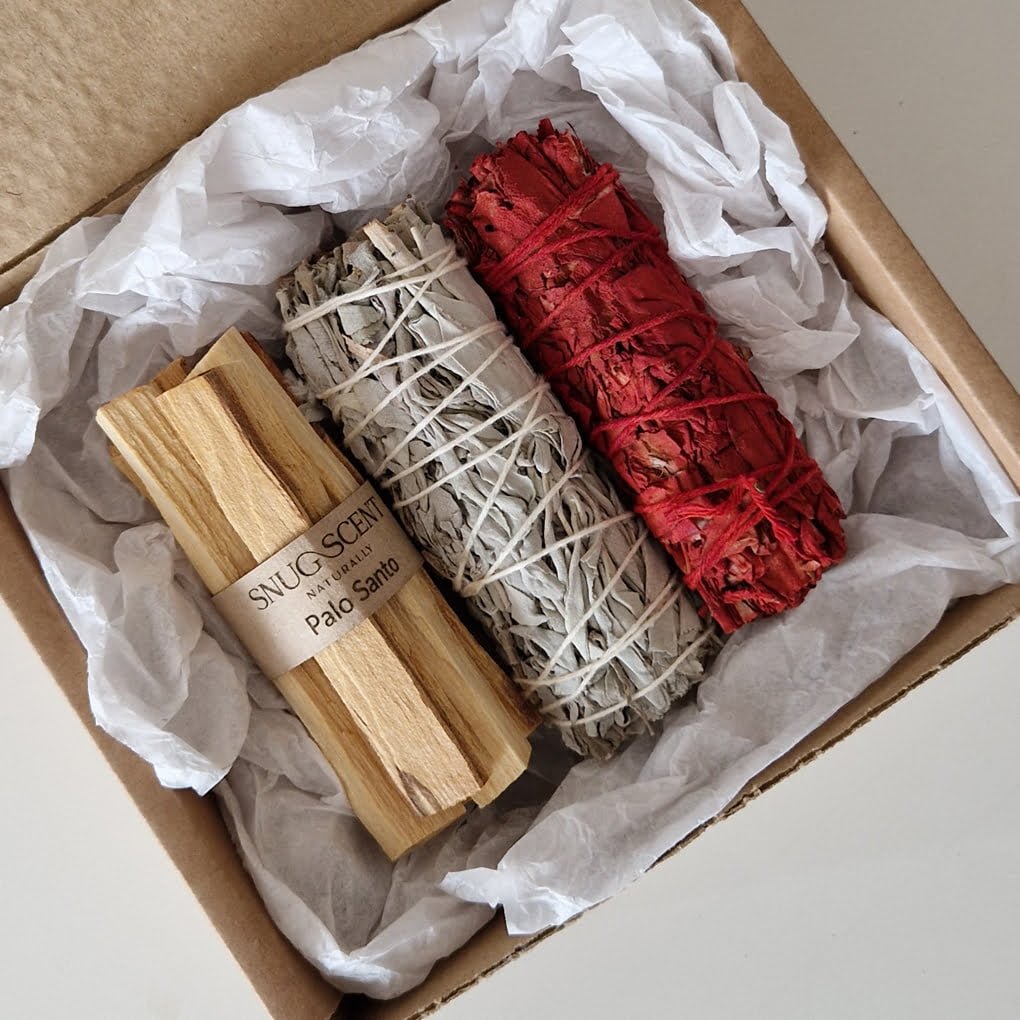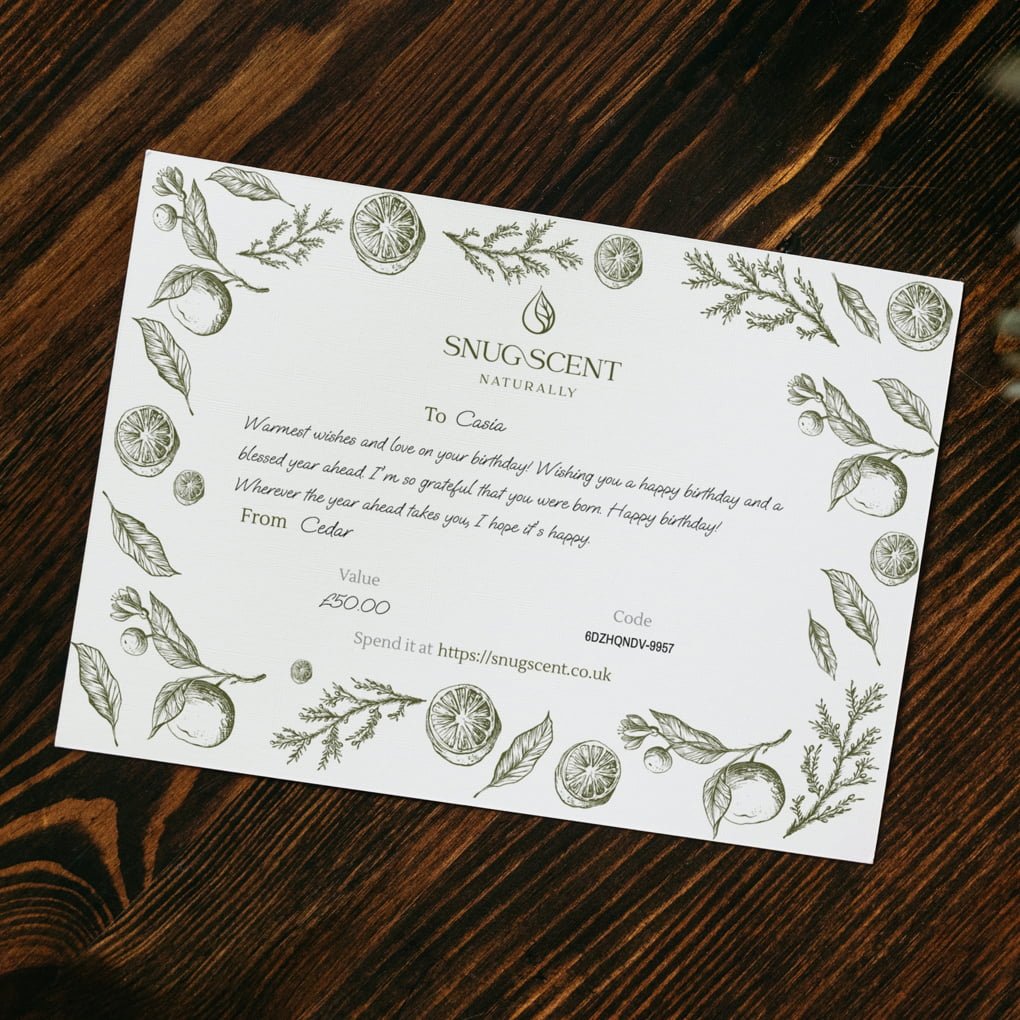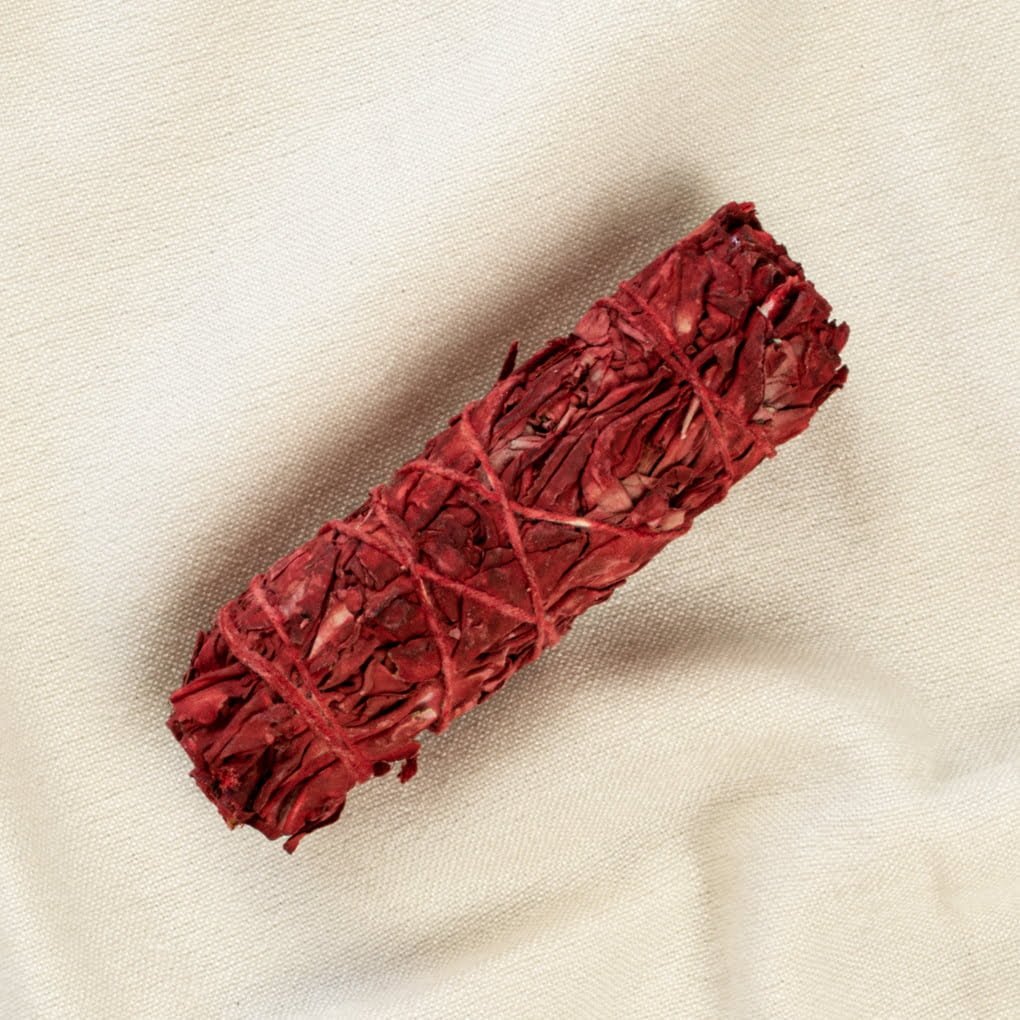Candle Safety
Candles can be a beautiful home décor piece, make your home smell nice and can bring back special memories. But once the candle is lit it poses a fire risk if not carefully handled. Please follow these candle safety instructions that will help to protect yourself and your loved ones.
Once you have received your candle, don’t start using it straight away. Check if the candle vessel is not cracked. If the candle vessel is broken, do not burn the candle. If everything looks alright, let the candle to settle for at least 2 hours to reach the room temperature. Extreme change in temperature can damage and crack the glass, which happens when flame is hot and container is too cold. Be patient and gentle with your candle.
Candle safety instructions
Never leave a candle unattended
Before leaving the room make sure that the candle is completely out and the wick ember is no longer glowing.
Keep candles out of the reach of children and pets
Do not place lit candles where children and pets can reach or knocked them over.
Never burn a candle on or near anything that can catch fire
Keep burning candles away from any furniture, bedding, carpets, drapes, books, paper or any other flammable items.
Always leave at least 7cm between burning candles
This will make sure that candles won’melt each other, or create their own drafts that could cause the candles to burn improperly.
Do not place candles in a draught
This will help prevent rapid or uneven burning, soothing, and excessive dripping.
Don’t place candles near a source of heat
High temperatures around the candle can pose higher risks to the candle and the items around it.
Always use a candle holder
Candleholder should be heat resistant and non-flammable to safely collect the dripping wax.
Place candles in an upright position
Stand candles straight to avoid dripping and minimize the risk of flaring.
Trim wick to about 1cm before lighting
Trim the wick each time before lighting the candle. Use scissors or a wick trimmer.
Trim candle edges to a height of 1cm
Candle edges will affect the air supply needed for the flame to burn properly and cause the candle to soot. Before burning the candle, trim the edges with a knife, to a height of 1 cm.
Keep the wax pool clear of matches and debris
Flammable objects in the wax pool, such as matches, insects, flammable decorations or lumps from the wick, can ignite and cause the candle to overheat and flare up.
Do not move a burning candle
Wait until liquid wax will fully solidify. Moving the candle can have the same effect as placing it in a draught. Moving the candle might change the position of the wick and cause the candle to flare up.
Do not allow the candle to burn out completely
Put out candle when they have burnt down to about 2 cm from their holders. If a candle burns down completely it can cause burn marks or even start a fire, as a glass holder can crack.
Never use a candle as a night light or while you may fall asleep
Candle used as a night light poses a risk of trip, slip or fall. Candle can become too hot during your sleep that it may cause further damage.
Always snuff out the flame. Do not blow it up
Snuffing will prevent hot wax from splattering. Snuffer will reduce the risk of flaring and hot wax splattering up in your face.
Never use liquid to extinguish a flame
This can cause wax to splatter or glass container to break.
References
- Candle Safety Instructions, n.d.,The British Candlemakers Federation. Accessed 02 January 2020. Website: http://www.britishcandles.org/?safety
- Fire Safety & Candles, n.d., National Candle Association. Accessed 02 January 2020. Website: https://candles.org/fire-safety-candles/
